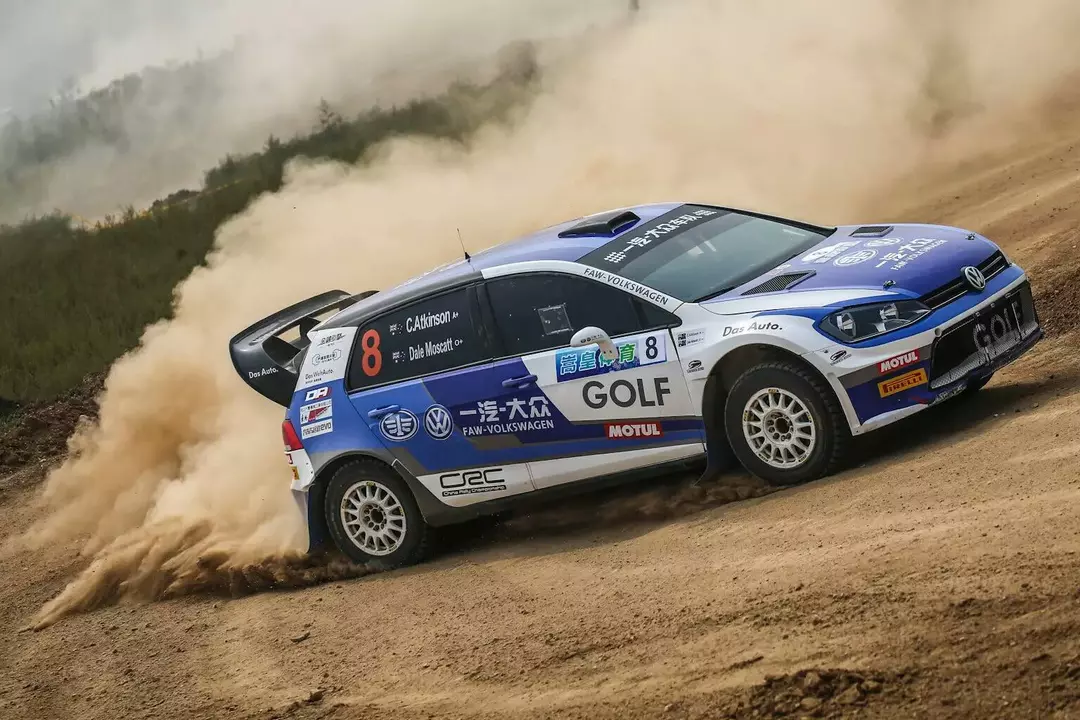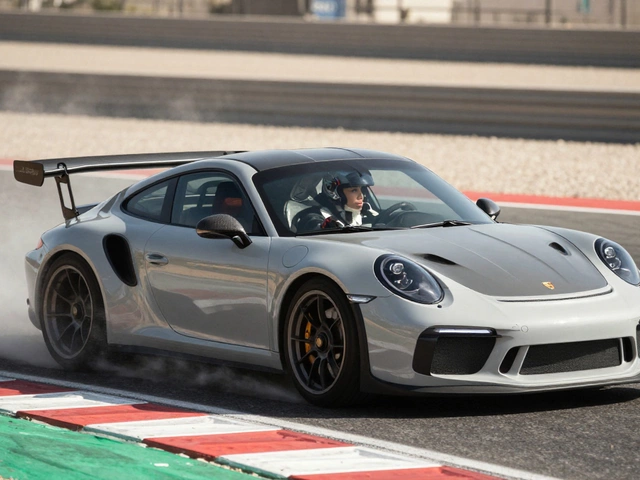Rally Car Scene: What’s Hot, How to Get Involved and What You Need to Know
If you’ve ever watched a car slide around a tight corner on loose gravel and felt the rush, you already know why the rally car scene matters. It’s a mix of speed, skill and a love for anything that isn’t on a smooth track. Whether you’re a seasoned driver or just curious, this guide gives you the basics to dive in.
Gear and Tools Every Rally Driver Uses
The first thing most drivers reach for is a solid gear stick. In rallying you shift quickly to match the changing surface, so a short‑throw shifter makes a big difference. The second essential is the handbrake lever. It lets you lock the rear wheels on a tight turn, creating the slide that defines rally stages. Without these two sticks you’re missing the core of rally control.
Most rally cars start as a road‑legal model and get upgraded. A stock Subaru WRX, for example, isn’t a rally car out of the factory, but its turbocharged engine and all‑wheel drive give a perfect base. Add a roll cage, upgraded suspension and a tuned exhaust, and you’ve got a car that can eat gravel for breakfast.
Joining the Rally Community
Safety is a big reason the scene stays alive. The infamous Group B era in the 1980s showed what happens when power outpaces control – several fatal accidents forced the FIA to ban those cars. Today the rules keep cars fast yet manageable, and most clubs require safety inspections before you can compete.
Another piece of the puzzle is the co‑driver. Experienced drivers often know the road from memory, but a navigator’s pace notes are vital on new stages. The partnership lets the driver focus on steering while the co‑driver calls out corners, jumps and surface changes.
If you’re in the UK, look for local rally clubs that host sprint events on closed roads or forest tracks. These gatherings are cheap, beginner‑friendly and a great way to meet other enthusiasts. Attend a few as a spectator first – you’ll see the gear, hear the pace notes and get a feel for the atmosphere.
When you’re ready to get behind the wheel, start with a modest budget car. A used front‑wheel‑drive hatchback can be a good learning platform before you move to an all‑wheel‑drive machine. Focus on reliable brakes, a sturdy drivetrain and basic safety gear like helmets and fire‑resistant suits.
Training matters too. Many schools offer short courses that cover car control, handbrake techniques and reading pace notes. Even a single day of instruction can shave seconds off your stage times and boost confidence.
Finally, stay plugged into the online rally car scene. Forums, social media groups and the Earls Barton Rally Hub provide news, event calendars and advice from seasoned drivers. Sharing your own experiences helps the community grow, and you’ll pick up tips that you won’t find in any manual.
Bottom line: the rally car scene is about fast cars, sharp skills and a supportive community. Grab a gear stick, learn the handbrake, respect the safety rules, and you’ll be on your way to the next stage. Ready to feel the dust under your wheels? Join a local club, tune your car, and start counting down to the start line.

Is the Volkswagen Golf R going to take over the rally car scene?
I've been thinking a lot lately about whether the Volkswagen Golf R is going to take over the rally car scene. After all, it's a powerful and versatile car with a strong track record. However, it's still up against some pretty stiff competition from other manufacturers in the rally world. I believe it has the potential to make a significant impact, but only time will tell if it can truly dominate the scene. Keep an eye on this space for more updates on the Golf R's journey in the world of rally racing.
read more
